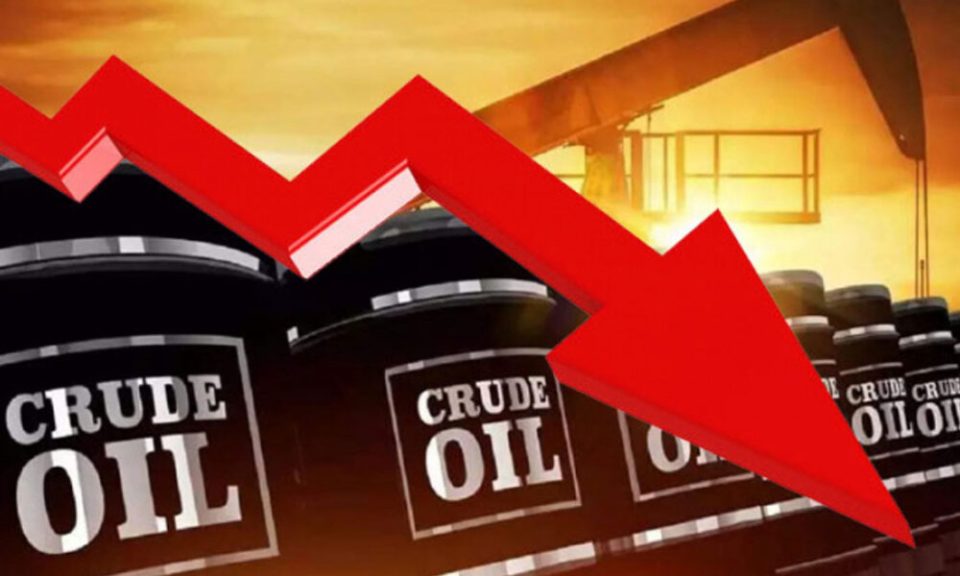Oil prices took a hit on Tuesday as OPEC+ announced plans to proceed with an output increase in April, marking the group’s first production hike since 2022. This decision has sent shockwaves through the energy sector, leaving investors and analysts scrambling to assess the long-term implications for global oil markets.
OPEC+, which includes the Organization of the Petroleum Exporting Countries and allies such as Russia, agreed to increase oil production by 138,000 barrels per day starting in April. This move is part of a broader strategy to adjust supply levels in response to market conditions.
The announcement caught many market observers off guard, as OPEC+ had previously delayed output increases due to weak demand and rising non-OPEC+ production, particularly from the United States. “The change in OPEC strategy looks like they are prioritizing politics over price,” noted Bjarne Schieldrop, chief commodities analyst at SEB. He suggested that these political considerations might be linked to U.S. President Donald Trump’s calls for lower oil prices.
The combined effect of OPEC+’s production increase has led to a sharp decline in oil prices. Brent crude futures fell by $1.04, or 1.45%, to $70.58 per barrel, while U.S. West Texas Intermediate (WTI) crude dropped 73 cents, or 1.07%, to $67.64. Brent was trading near a five-month low, reflecting the market’s bearish sentiment.
Darren Lim, commodities strategist at Phillip Nova, explained, “The current downward trend in oil prices is primarily driven by OPEC+’s decision to increase output.” He also noted that geopolitical factors, such as President Trump’s recent decision to pause U.S. military aid to Ukraine following a contentious meeting with President Volodymyr Zelenskiy, have added to market uncertainty.
While the immediate reaction to these developments has been negative, some industry experts suggest that the price decline may be temporary. OPEC+ has stated that the production increase “may be paused or reversed subject to market conditions”, allowing the group to adjust its strategy in response to evolving market dynamics and geopolitical factors.
As the energy sector grapples with these new challenges, investors and industry stakeholders will be closely monitoring how global oil flows adjust to the changing landscape. As the situation continues to unfold, market participants will be watching for any signs of stabilization or further volatility in oil prices, as well as potential responses from affected countries and industry players.

